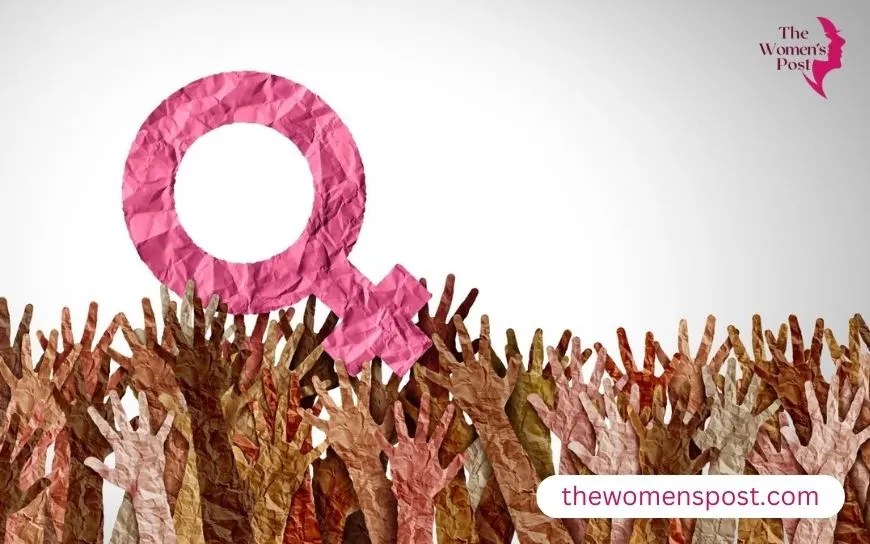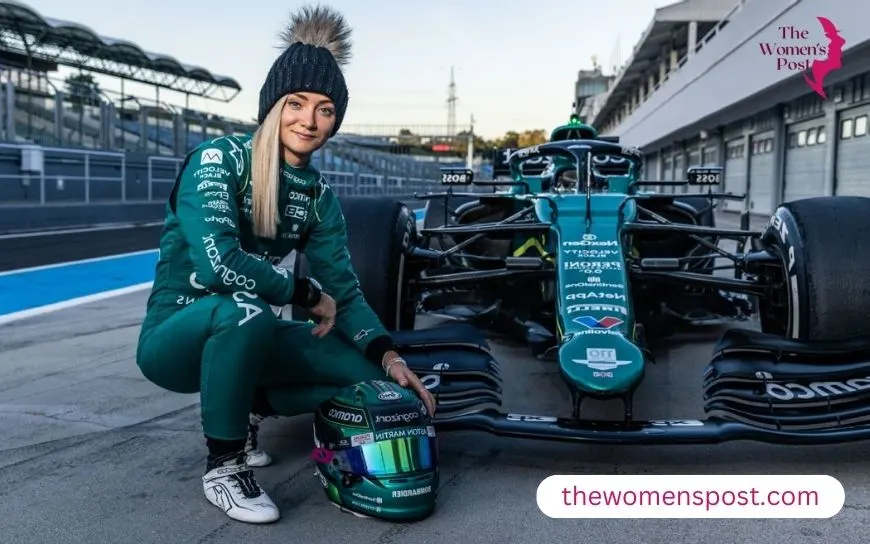The Women’s Role In The Conservation Of Indigenous Cultural Arts
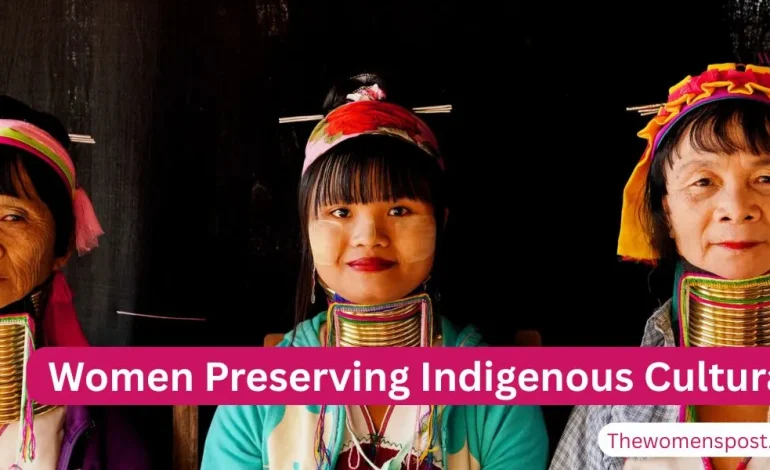
Indigenous women around the world have traditionally been the unobtrusive custodians of their communities’ cultural heritage, being important contributors to Indigenous Cultural Arts. They transmit traditions through art, narrative, and ordinary practice, preserving the distinctive forms of life that characterize their peoples. In most indigenous societies, women possess unique expertise on crafts, languages, medicines, and rituals.
This work is not all about the past; they assist people in overcoming contemporary issues such as globalization and climate change through Indigenous Cultural Arts. Their work in Women’s Contributions to Indigenous Art Preservation makes sure that Indigenous Cultural Arts continue to be a living, not a museum item.
Historical Significance of Women in Indigenous Cultural Arts
Indigenous women have played a core role in Indigenous Women and Cultural Heritage historically as they tend to run the home and family, where traditions are transmitted. They developed art objects in pre-colonial periods that spoke about their ancestors, nature, and religious beliefs, making them part of Indigenous Cultural Arts. For instance, women in the Pimería Alta area of present-day southwestern United States and northern Mexico did ceramics and wove baskets as part of their daily existence.
These were not only practical skills; they had cultural significance and were transmitted from a mother to a daughter, illustrating How Women Preserve Indigenous Cultural Arts. Even with Spanish colonizers coming in and attempting to alter native practices, women continued these practices in the confines of homes and other private settings. This illustrates how Female Artists in Indigenous Cultural Preservation resisted cultural erasure through retention of their arts.
Crafting: A Pillar of Indigenous Cultural Arts
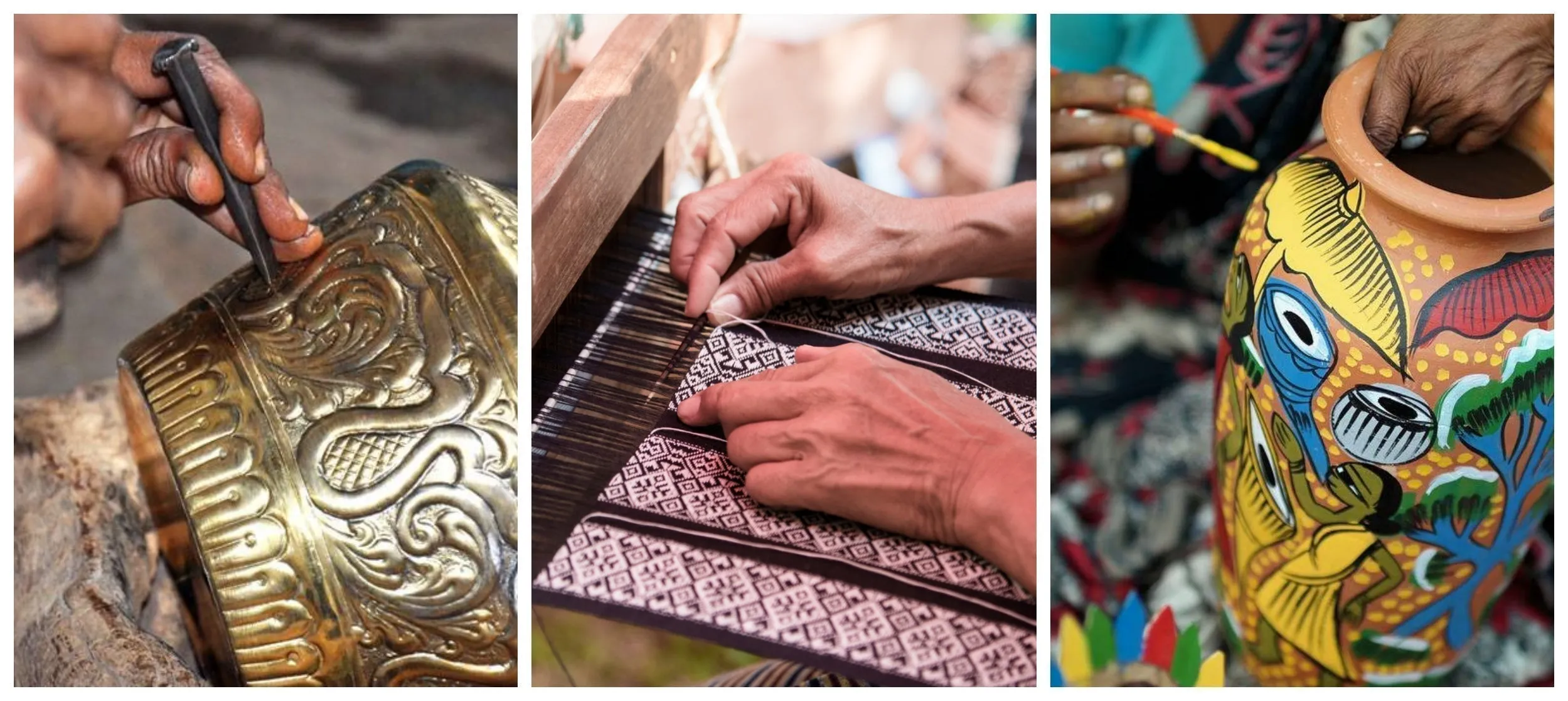
Also Read: Influence Of Female Directors On Audience Perceptions
One area in which women excel is in crafting, a pillar of Indigenous Cultural Arts. Traditional crafts like weaving, beading, and pottery are often led by women, who use them to teach younger generations about history and values. In Native American communities, women have used beadwork, baskets, and textiles to communicate ideas and preserve stories, exemplifying Women’s Contributions to Indigenous Art Preservation.
Notable Female Artists in Indigenous Cultural Preservation
Take Elizabeth Hickox, a Karuk-Yurok basket maker from California in the early 1900s. Her intricately woven baskets were not only lovely; they embodied her people’s heritage and relationship with the earth and traditions, hence making her a central figure among Female Artists in Indigenous Cultural Preservation. Contemporary collectors view her as quintessential examples of Indigenous Cultural Arts.
Likewise, indigenous women artists in Guatemala’s Kaqchikel Maya community in San Juan Comalapa narrate their history and struggles through painting. Artists such as Paula Nicho Cumez and María Elena Curruchiche produce pieces that celebrate Indigenous Women and Cultural Heritage, ensuring cultural memory. These handicrafts also generate economic aid, enabling women to maintain their families while propagating their culture.
Storytelling, Music, and Dance in Indigenous Cultural Arts
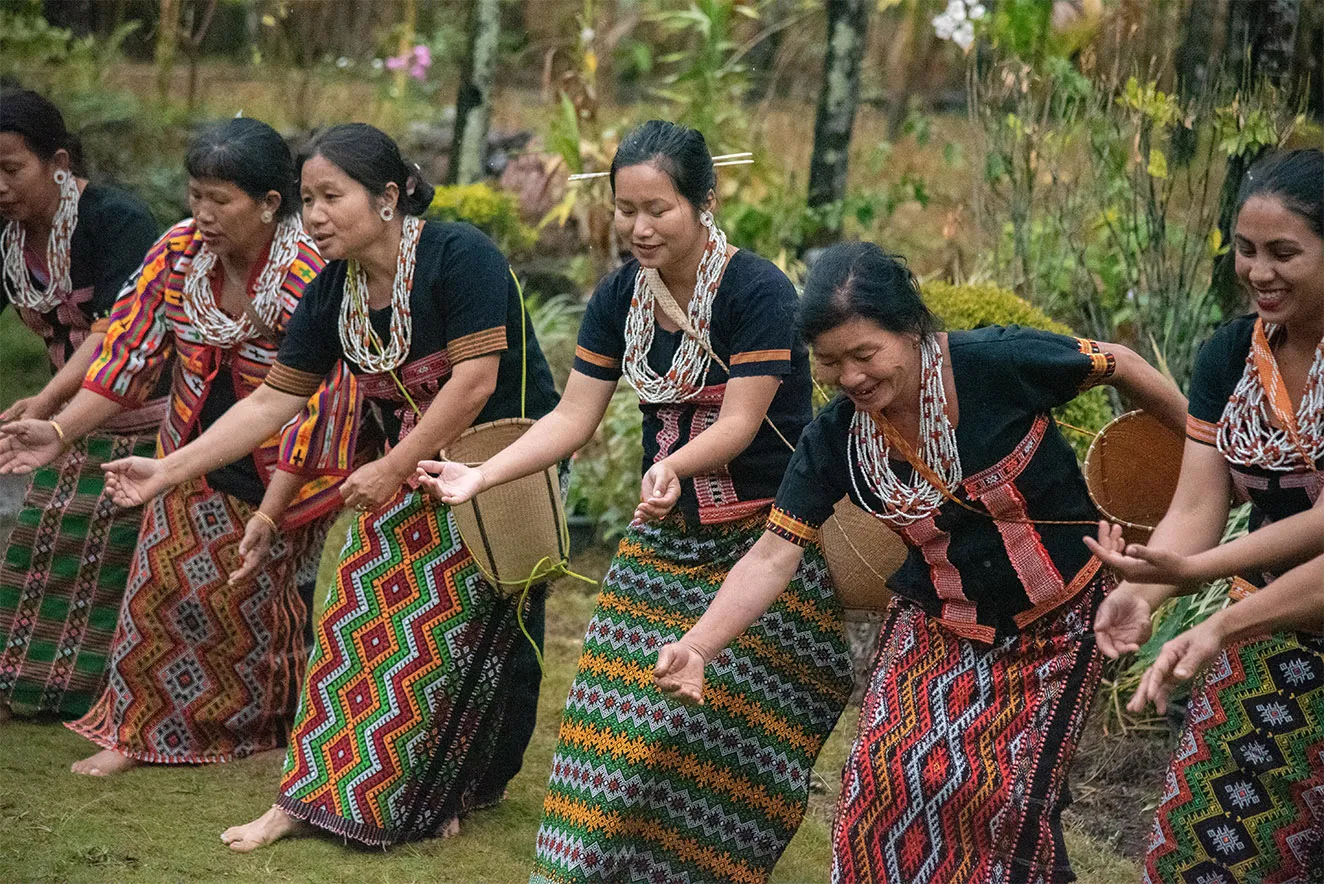
Also Read: The Impact Of Women In Fashion As Art
Women also maintain Indigenous Cultural Arts through narratives, music, and dance. As keepers of knowledge, they pass on oral histories that consist of songs and dances associated with ceremonies, which is a key component of How Women Preserve Indigenous Cultural Arts. Women take a lead in teaching languages, which are essential to cultural identity, in most tribes. For example, indigenous women are usually the primary speakers and teachers of native languages at home.
Deborah Suc, who belongs to the Poqomchi community in Guatemala, conducts workshops and makes visits to families. She disseminates information on ancient foods and medicine, merging it with cultural values such as nature respect, yet again showing Women’s Contributions to Indigenous Art Preservation. Aboriginal women in Australia apply dot painting and narration to transmit Dreamtime myths, which recount the world and control behavior. These arts heal colonized communities, reaffirming Indigenous Women and Cultural Heritage.
Global Contributions to Indigenous Cultural Arts
In the Pacific, New Zealand Maori women maintain Indigenous Cultural Arts such as weaving flax into cloaks and baskets, which hold symbolic designs regarding genealogy and the environment. They also perform with cultural groups, keeping dances and songs alive. Throughout Africa, women in cultures such as the Maasai craft bead jewelry representing life narratives, while in Asia, native women within communities such as India’s Adivasi communities preserve folk songs and dances to mark harvests and rituals, displaying How Women Preserve Indigenous Cultural Arts.
Challenges Faced by Indigenous Women
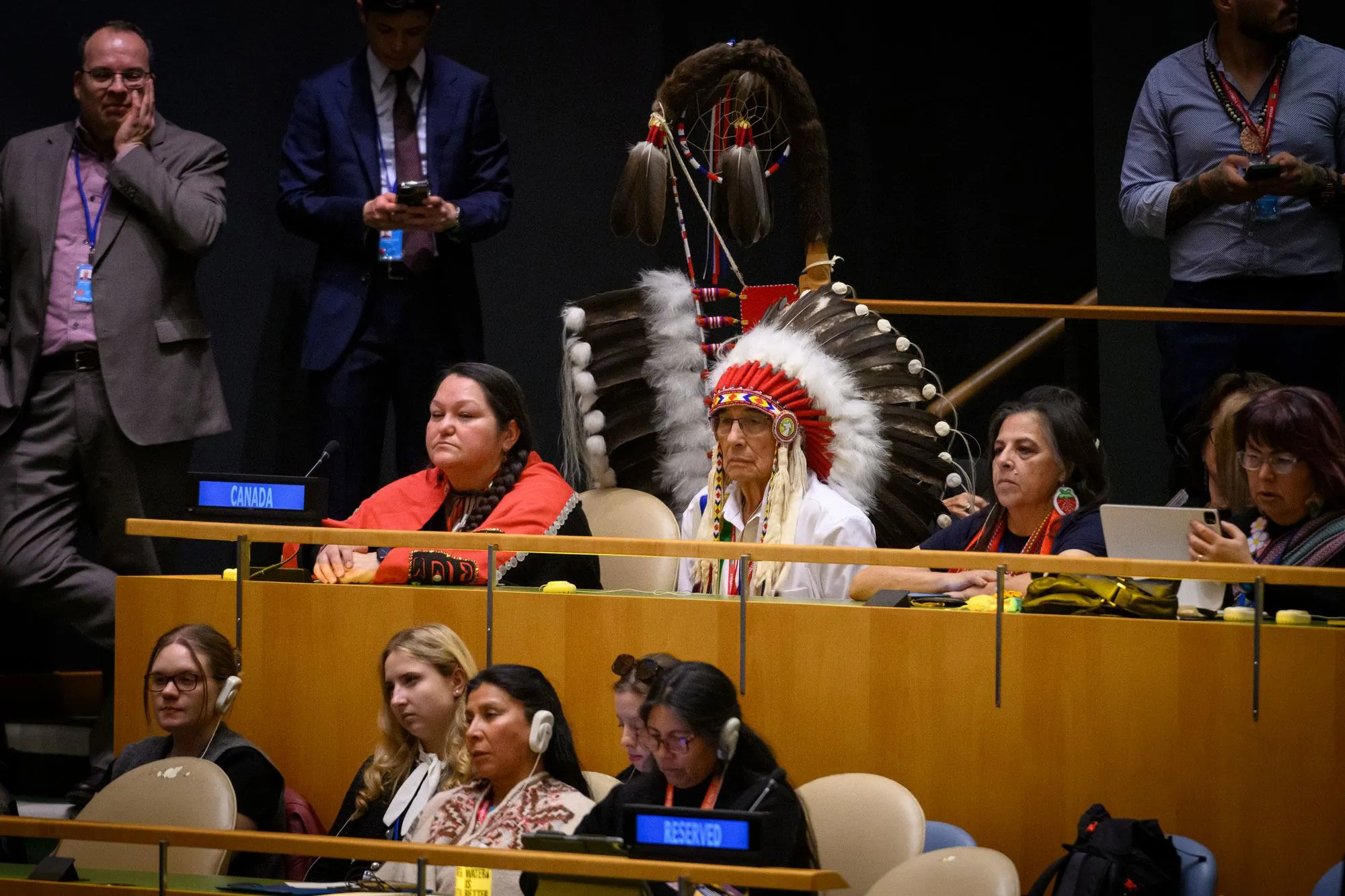
Also Read: The Contribution Of Poetry In Feminist Movements
Challenges have never stopped testing this role. Colonization introduced forced assimilation, prohibiting indigenous arts and native languages in most regions. Urbanization today draws youth away from custom, and climate change imperils resources for crafts, such as plants for dyes or wicker. Indigenous women are generally subject to discrimination, violence, and limited resources, making it more difficult for them to work.
Female Artists in Indigenous Cultural Preservation, however, are the vanguard in overcoming these challenges. For instance, in Canada, Mi’kmaq artist Gail Tremblay employed weaving to integrate traditional and contemporary styles, sensitizing people about environmental concerns. Crow women in the U.S. help to populate museum displays that feature their beadwork and regalia and influence the presentation of Indigenous Cultural Arts.
Modern Efforts in Cultural Preservation
Contemporary initiatives indicate women’s increasing influence in Indigenous Women and Cultural Heritage. They participate or direct revitalization initiatives, applying art for education and empowerment. In California, tribal elder Dorothy Joseph spent her life imparting knowledge, motivating programs to educate youth on languages and craft. Women also apply the Internet, such as social media, to disseminate Indigenous Cultural Arts globally, interacting with others and selling products to support traditions.
Conclusion: The Heartbeat of Indigenous Cultural Arts
Essentially, indigenous women are the pulse of Women’s Contributions to Indigenous Art Preservation. They paint, weave, sing, and story-tell not only to recall the past, but to create a future where their cultures flourish. Their work preserves biodiversity by means of traditional knowledge regarding plants and lands, and it supports human rights through the defense of community ways. By empowering these women—through equitable policies, education, and acknowledgment—societies can ensure Indigenous Cultural Arts enrich the world further. Resilience transforms adversity into opportunity, and the resilience of these women affirms that culture is at its strongest when brought by people living it daily.


